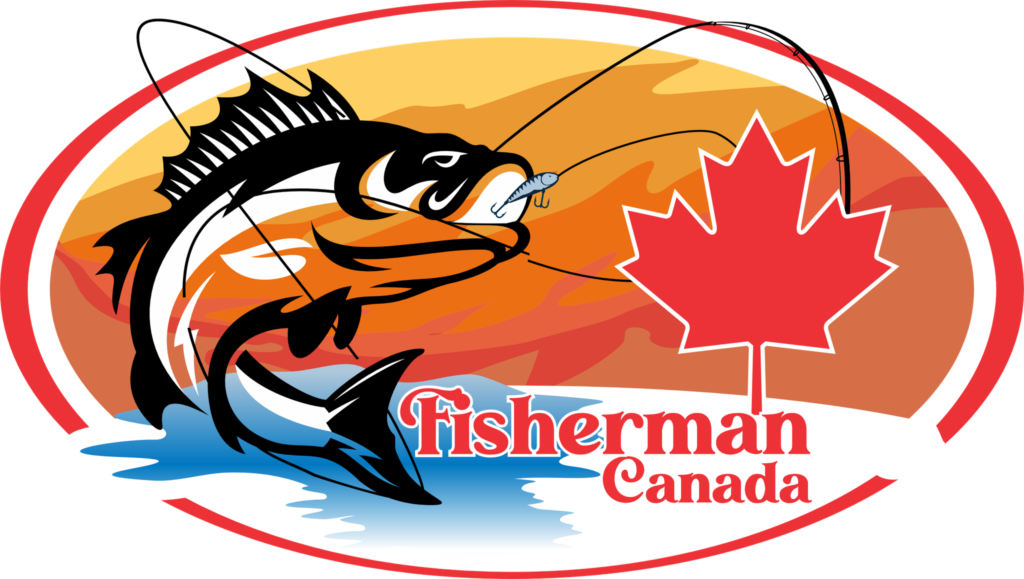In the serene depths of Ferris Park lies a hidden gem for fishing enthusiasts—a haven for largemouth bass. For local anglers and outdoor adventurers alike, this park promises not just the sport of fishing but a full-blown adventure with nature. This post aims to guide you through everything you need to know about bass fishing in Ferris Park, from essential equipment to tips on catching the big one.
Why Ferris Park is a Must-Visit for Bass Fishing
Ferris Park, known for its picturesque scenery, is a treasure trove for fishers. But what makes it stand out for bass fishing? The park’s diverse ecosystem supports a rich aquatic life that includes the elusive largemouth bass. Anglers find Ferris Park appealing not only for its natural beauty but also for its accessibility and well-maintained habitats.
Beyond the fish, the park offers an escape from the hustle and bustle, making it a perfect spot for both seasoned anglers and beginners to refine their skills.
Understanding the Largemouth Bass
Largemouth bass are renowned for their fighting spirit and size, making them a prized catch. But what exactly is a largemouth bass? These fish are characterized by their olive-green hue and distinctive stripe running horizontally across their bodies. Their large mouths allow them to feast on a variety of prey, from insects to small fish.
For anglers, understanding the behavior of largemouth bass—such as their feeding habits and preferred habitats—can significantly increase the chances of a successful catch.
Optimal Times for Largemouth Bass Fishing
Timing is everything in fishing. While largemouth bass can be caught year-round, certain seasons and times of day yield better results. Early morning and late evening are prime times as bass are more active in cooler temperatures. Spring is particularly fruitful when bass are spawning and feeding aggressively.
Observing the weather can also provide valuable insights. Overcast skies often lead to an uptick in bass activity as they feel more secure venturing into open waters.
Essential Gear for Bass Fishing
Equipping yourself with the right gear can make all the difference in your fishing experience. For bass fishing in Ferris Park, a medium-heavy rod paired with a reliable reel is recommended. This setup provides the strength needed to reel in larger fish while maintaining sensitivity for detecting bites.
In addition to your rod and reel, consider the type of line you choose. A 10-20 pound test line is generally effective for largemouth bass.
Selecting the Right Bait
The choice of bait can determine the success of your fishing expedition. Lures that mimic the natural prey of largemouth bass, such as worms, frogs, or small fish, tend to work well. Plastic worms and spinnerbaits are particularly popular among anglers.
Experiment with different colors and sizes to see what works best in Ferris Park’s waters. Remember, what works one day may not work the next, so flexibility is key.
Mastering the Art of Casting
Casting is an art that requires practice and finesse. Start by familiarizing yourself with the basic overhand cast, ensuring a smooth and controlled motion. Precision is vital—aim to cast near structures like submerged logs or weed beds where bass are likely to hide.
Practice makes perfect, and spending time refining your casting technique will undoubtedly pay off when it’s time to hook your first bass.
Navigating the Waters of Ferris Park
Understanding the layout of Ferris Park’s waters can enhance your fishing experience. The park features a variety of terrains, from shallow banks to deeper channels, each offering unique opportunities for catching largemouth bass.
Explore different areas to find your ideal fishing spot. Remember, bass are often found near cover, so targeting areas with vegetation or submerged structures can increase your chances.
Catching and Releasing Responsibly
Catch and release is a popular practice among conservation-minded anglers. If you choose to release your catch, ensure you do so responsibly to preserve the bass population. Handle the fish gently, minimize the time out of water, and use barbless hooks to reduce injury.
By following these practices, you contribute to sustainable fishing, allowing future generations to enjoy the thrill of catching largemouth bass in Ferris Park.
Learning from Fellow Anglers
One of the joys of fishing is the community it creates. Engaging with fellow anglers can provide valuable insights and tips. Whether you’re exchanging stories, techniques, or even favorite spots, the camaraderie among fishers enhances the overall experience.
Consider joining local fishing groups or online forums to connect with other enthusiasts and share your passion.
Preparing for Your Fishing Adventure
Before heading out to Ferris Park, adequate preparation is crucial. Ensure you have your fishing license, check the weather forecast, and pack essentials like sunscreen, snacks, and plenty of water. A comfortable chair or portable stool can make long fishing sessions more enjoyable.
Lastly, bring a camera to document your adventure and capture memories of your catches.
The Joy of Outdoor Adventure
Fishing in Ferris Park offers more than just the opportunity to catch largemouth bass. It’s about immersing yourself in nature, enjoying the tranquility, and experiencing the thrill of the chase. Whether you’re a seasoned angler or a novice, the park provides a unique setting that adds to the excitement.
Conclusion
Largemouth bass fishing in Ferris Park is an adventure waiting to be discovered. With the right preparation, knowledge, and respect for the environment, you can enjoy a rewarding fishing experience that goes beyond the catch. We hope this guide inspires you to grab your gear and head to Ferris Park for your next outdoor adventure. Whether you’re looking to improve your skills or simply enjoy the great outdoors, Ferris Park promises an unforgettable experience for every angler.
